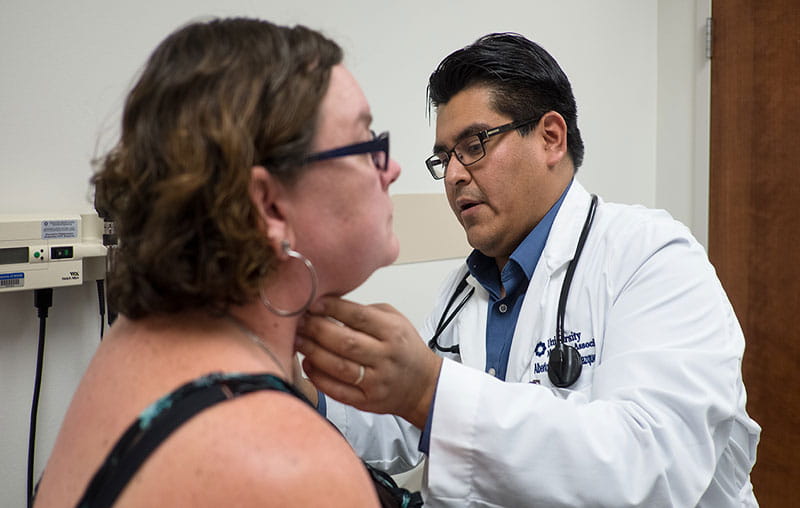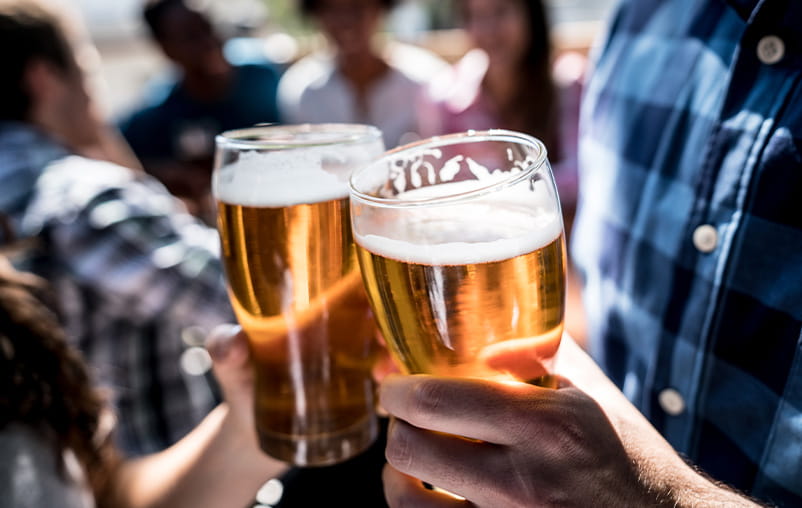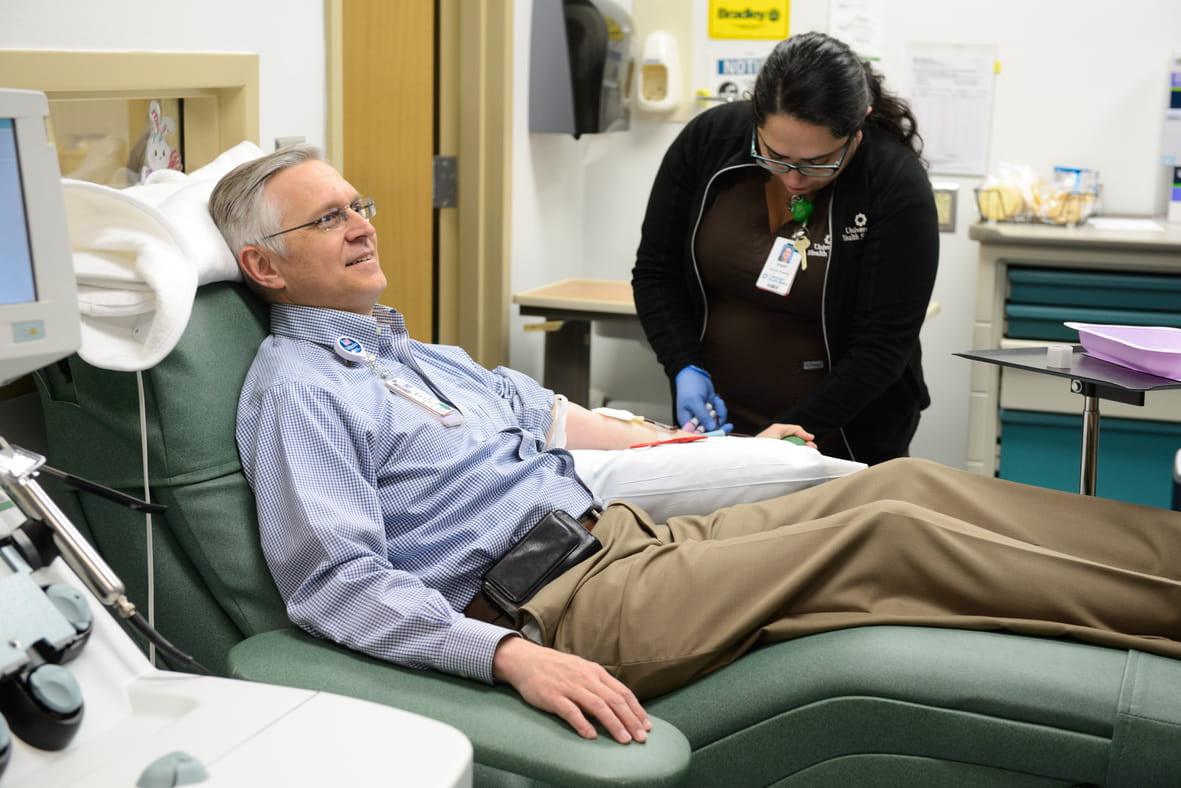While thousands of Americans have strokes in any given year, their experiences vary quite a bit depending on the part of the brain that’s affected. Different types of strokes affect the brain and body in unique ways.
When strokes occur, the brain is damaged in some way, which varies depending on whether it’s an ischemic stroke caused by a blood clot or a hemorrhagic stroke caused by a ruptured blood vessel in the brain.
How a stroke affects a person will depend on what part of the brain it occurred in. There are two types of strokes — left brain strokes and right brain strokes.
Why the Part of the Brain Matters in Strokes
Have you heard someone say they were “left-brained” at some point? That person probably meant that he or she is good at linear thinking and verbal information. Different portions of the brain are responsible for different skills and abilities — and that also plays into how a stroke affects the brain.
“Both ischemic and hemorrhagic strokes can affect either side of the brain,” says Dr. Andres Saenz, a neurologist at University Health. “Most of the general population is right-handed, meaning their left side of the brain is the dominant hemisphere. This dominant hemisphere involves the language centers of the brain, both for production and interpretation.”
Left Brain Stroke
If a stroke impacts the left side of the brain, those abilities are affected to some extent, depending on how severe the stroke was. Left brain strokes impact a person's right side of the body.
“Left-sided strokes most commonly cause aphasia, which is the inability to express or understand speech,” Saenz says. “In addition, there could also be the loss of sensation and movement of the contralateral (right) face, arm and/or leg.”
Right Brain Stroke
On the other hand, right brain strokes impact a person's left side of their body. They may have more difficulty noticing or responding to things in their environment that appear on the left side of their body. For example, they may not notice someone approaching them from the left side.
“Assuming the right side of the brain is the non-dominant side, common symptoms are visual-spatial ones and signs of neglect,” Saenz says. “Neglect would be described as the lack of attention or acknowledgement of the contralateral (left) side of the body. There could also be the loss of sensation and movement of the contralateral (left) face, arm and/or leg.”
Another example of neglect on the left side could include bumping into things on the left side of their body.
How the Side of the Brain Impacts Outcomes
When it comes to stroke, there are many variables. A patient’s overall outcome will depend on a number of factors, including the severity of the stroke, how quickly treatment is received — and the part of the brain affected.
“Strokes that affect the dominant side of the brain, which in right-handed people would be the left side and vice versa, are generally more severe with regards to symptoms and recovery,” Saenz says. “This is mainly because of the involvement of the areas of the brain that involve speech production and interpretation. Recovery in cases like this requires extensive speech therapy, which I have seen help significantly.”
With that said, though, while the part of the brain plays a key role, ultimately, rehabilitation plays an equally important role in restoring abilities.
“The contralateral weakness that occurs in stroke involving either side of the brain can be equally disabling,” Saenz adds. “This recovery would necessitate physical and occupational therapy, which is pivotal to the process.”
Stroke Care at University Health
University Health is a Comprehensive Stroke Center. Learn more about the award-winning stroke care at University Health in San Antonio.




